Wagner, R. D; Braun, T. L; Zhu, H; Winocour, S.
Journal of Plastic, Reconstructive & Aesthetic Surgery, 2019-07-01, Volumen 72, Número 7, Páginas 1051-1059
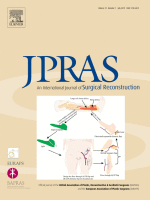 The use of implants for breast reconstruction began over four decades ago, with implants initially placed in the prepectoral space. Concerns arose regarding the high incidence of capsular contracture and complication rates. With the introduction of acellular dermal matrix (ADM), plastic surgeons are again considering the advantages of prepectoral implant placement. A systematic review was conducted to examine complication profiles in prepectoral breast reconstruction alone versus prepectoral with ADM or mesh.
The use of implants for breast reconstruction began over four decades ago, with implants initially placed in the prepectoral space. Concerns arose regarding the high incidence of capsular contracture and complication rates. With the introduction of acellular dermal matrix (ADM), plastic surgeons are again considering the advantages of prepectoral implant placement. A systematic review was conducted to examine complication profiles in prepectoral breast reconstruction alone versus prepectoral with ADM or mesh.
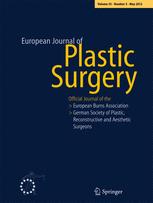 Burns are a major health problem worldwide. In some countries, they are the fourth leading cause of death in trauma patients. Every year, more than 200,000 deaths occur because of diverse types of burns, and the majority of these deaths occur in low-income countries. The incidence of burn mortality depends on both patient factors (age, gender, and comorbidities) and burn factors (depth and total burn surface area (TBSA)). Mortality prediction for burn patients is important not only to determine the prognosis of individual patients but to assess the performance of the burn institute and the quality of the health care the patients receive. Many mortality or survival prediction models have been developed, modified, and validated. The abbreviated burn scoring index (ABSI) is one of the most commonly used scores for assessing patients’ mortality. It was reviewed, modified, and validated in this study.
Burns are a major health problem worldwide. In some countries, they are the fourth leading cause of death in trauma patients. Every year, more than 200,000 deaths occur because of diverse types of burns, and the majority of these deaths occur in low-income countries. The incidence of burn mortality depends on both patient factors (age, gender, and comorbidities) and burn factors (depth and total burn surface area (TBSA)). Mortality prediction for burn patients is important not only to determine the prognosis of individual patients but to assess the performance of the burn institute and the quality of the health care the patients receive. Many mortality or survival prediction models have been developed, modified, and validated. The abbreviated burn scoring index (ABSI) is one of the most commonly used scores for assessing patients’ mortality. It was reviewed, modified, and validated in this study.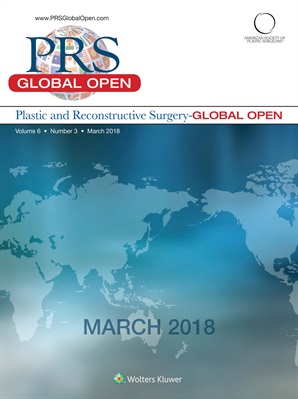 The facelift has significantly evolved over the past several decades. What was once considered a skin only operation is now a sophisticated, elegant procedure that requires meticulous preoperative analysis, understanding of underlying anatomically based aging changes, and extreme attention to detail.
The facelift has significantly evolved over the past several decades. What was once considered a skin only operation is now a sophisticated, elegant procedure that requires meticulous preoperative analysis, understanding of underlying anatomically based aging changes, and extreme attention to detail.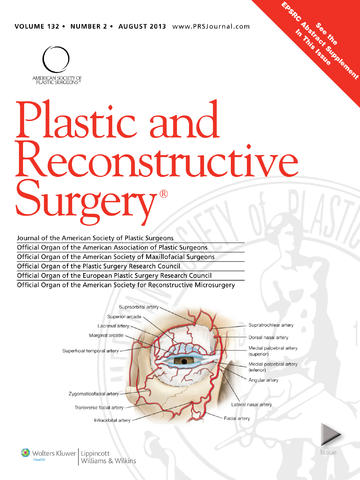 Hyperpigmentation following ultraviolet irradiation has cosmetic concerns. Botulinum toxin type A can favorably affect skin pigmentation. However, the mechanism of skin pigmentation is unclear.
Hyperpigmentation following ultraviolet irradiation has cosmetic concerns. Botulinum toxin type A can favorably affect skin pigmentation. However, the mechanism of skin pigmentation is unclear.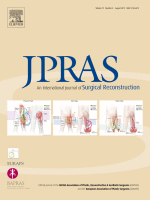 Allograft skin (AS) transplantation has been considered to be the gold standard for replacing tissue damage, following burns. However, increasingly new biosynthetic skin substitutes are being developed as alternatives. The objective of this systematic review is to compare AS with other skin substitutes, which have been used in the treatment of burns.
Allograft skin (AS) transplantation has been considered to be the gold standard for replacing tissue damage, following burns. However, increasingly new biosynthetic skin substitutes are being developed as alternatives. The objective of this systematic review is to compare AS with other skin substitutes, which have been used in the treatment of burns. In this study, we aimed reviewed the data about the patterns of antimicrobial susceptibility and resistance determinants among carbapenem-resistant Acinetobacter baumannii (CRAB) from patients with burn injury.
In this study, we aimed reviewed the data about the patterns of antimicrobial susceptibility and resistance determinants among carbapenem-resistant Acinetobacter baumannii (CRAB) from patients with burn injury.





 Sitio web publicado el
Sitio web publicado el
Los lectores comentan